From July 23 to July 27, 2019, 32 undergraduates from Zhejiang University's School of Materials Science and Engineering, led by Zhang Shiliang, Deputy Secretary of the Party Committee of the School, Pro. Deng Renren and Pro. Wu Haobin, paid a five-day exchange visit to Singapore, focusing on top universities and research institutions such as the National University of Singapore, Nanyang Technological University, Singapore University of Technology and Design and Agency for Science, Technology and Research. This Singapore Famous School Exchange Program is a new academic and cultural exchange program at the institute level this year, which aims to create opportunities for materials undergraduates to experience the overseas research environment and develop innovative talents in the field of materials with a global perspective and competitiveness. During their stay in Singapore, the faculty and students of the College listened carefully to cutting-edge lectures on materials science, visited top laboratories, participated in seminars between teachers and students of the two countries, and exchanged experiences of Zhejiang University elders.
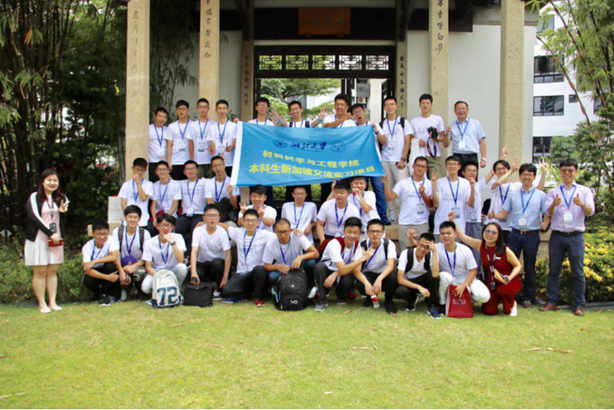
Station 1: National University of Singapore
On July 23, the exchange mission arrived at the National University of Singapore (NUS) for the first time since arriving in Singapore. NUS is Singapore's premier university, ranked 11th in the world according to the 2019 QS World University Rankings, and is the alma mater of one of the leading teachers, Mr. Deng Renren.
First of all, the teachers and students listened to the special scientific research report of the Rare Earth Light-emitting Materials group of the Faculty of Chemistry and felt the unique charm of cutting-edge research in materials science. Subsequently, they visited the laboratories of the Faculty of Science and the School of Life Sciences, the clean laboratory environment and high-end equipment impressed the teachers and students, while the Singapore University of strict and perfect laboratory management model has a more comprehensive understanding.
After the visit, NUS teachers and students and our students on the materials of concern to professional scientific research, Singapore's famous schools to study abroad and other topics in-depth exchanges, so that students have benefited greatly. Finally, the students visited the NUS Museum, accompanied by the narrator's commentary to enjoy the Southeast Asian style of art, through precious old photos to understand the life of the people of Singapore in the last century. During the visit, the students also took the on-campus shuttle bus and dined in the school cafeteria to experience the daily learning and life of the students.

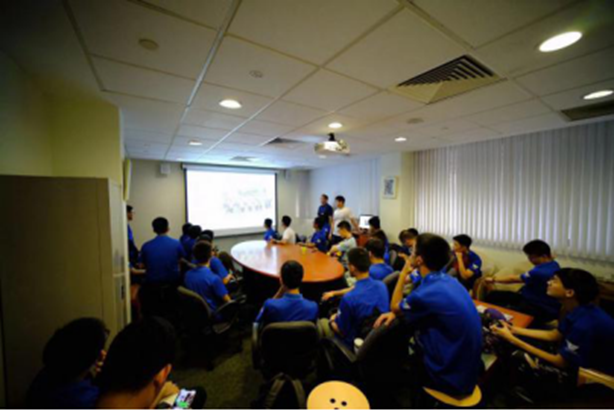
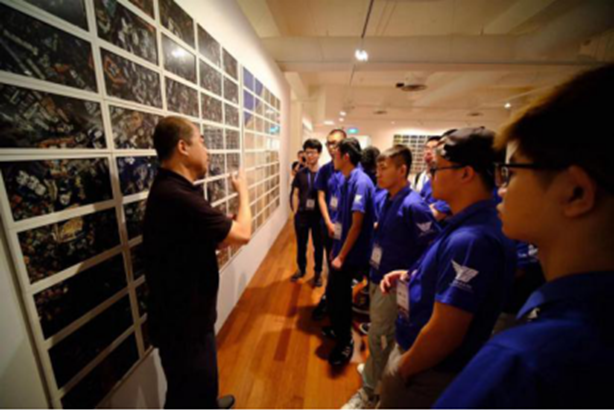
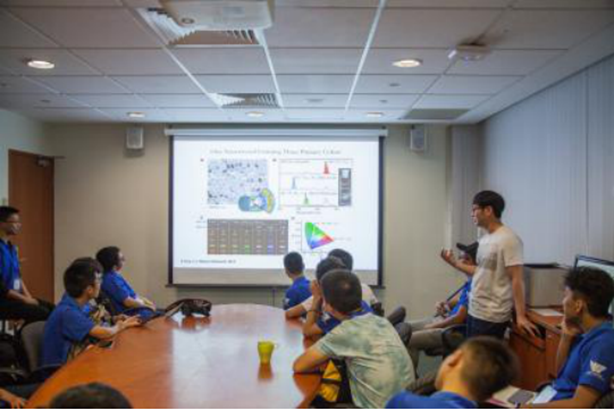

Station 2: Singapore University of Technology and Design
On the morning of July 24, our students and teachers went to Singapore University of Technology and Design (SUTD) to conduct exchange activities. At SUTD, Professor Yang Hui Ying of the Institute of Energy and Environmental Materials gave a detailed account of the basic situation of SUTD and graduate programs, including the history of the school, scientific research institutions, research fields, training programs, teaching characteristics, student funding, etc. In the question-and-answer session that followed, the professors kindly answered questions about SUTD's academic advantages, cross-disciplines in the scientific research process, and the atmosphere was lively and harmonious, laughing and laughing. This laughter not only lets the students experience the easy-going side of the academic bulls, but also lets everyone see their sincere heart for the scientific research cause, which is a kind of work and life from the heart of love.
The floors of the SUTD campus are covered with verdant green plants, and in the green cover room, students walk through the artistic floors, come to the mechanical design and manufacturing laboratory, visit various machine tools and high-pressure water cutting and other devices, but also observe the workshop for students to operate for product design, the wide operating space displays many cleverly conceived fine works. Impressively, the whiteboard on one side of the office area records the sparks of thought left by the teacher-student discussion, providing a visual impression of SUTD's free and active academic atmosphere and Singapore students' excellent sense of innovation and independent thinking. In addition to the high-end precision instruments and equipment, what moved us even more during the visit is that the researchers here have a happy focus on the research work they are engaged in.
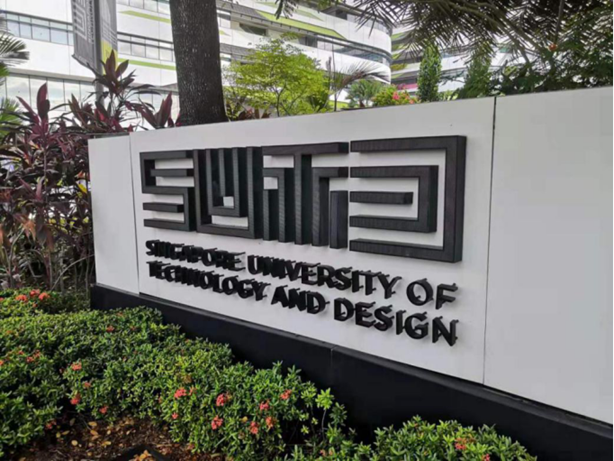
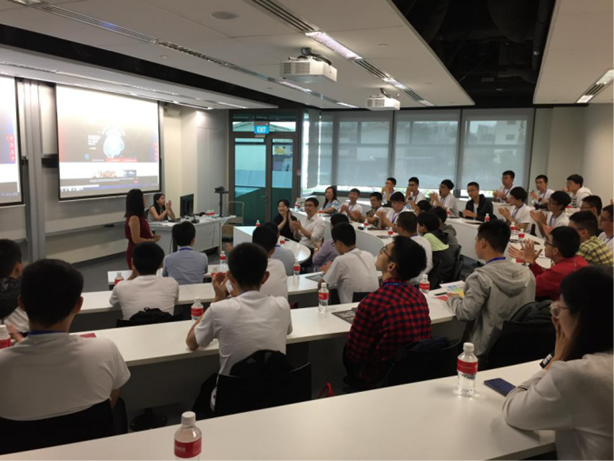
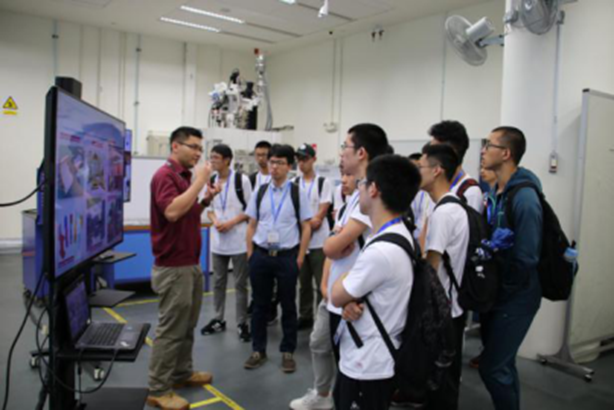

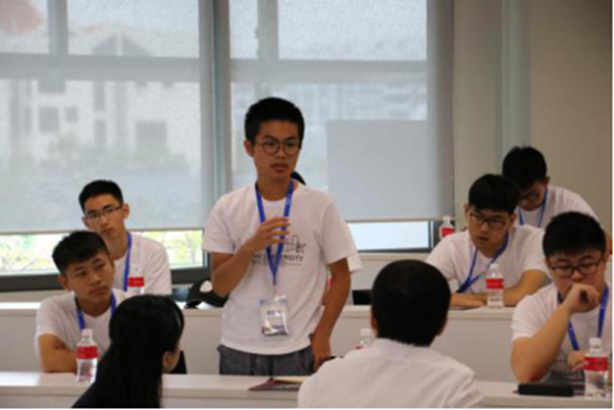
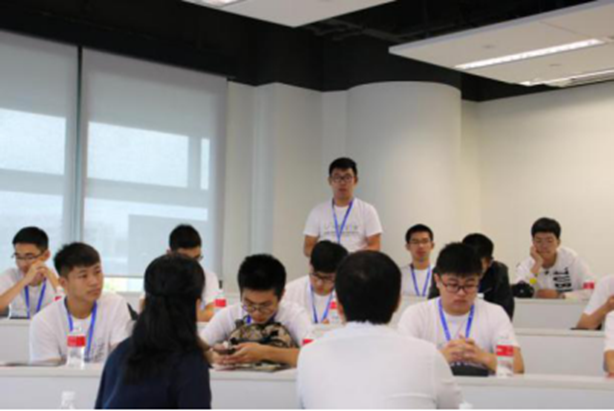
Station 3: Agency for Science, Technology and Research
On the afternoon of July 24, the exchange mission went to the Institute of Materials and Engineering (IMRE) of Agency for Science, Technology and Research(A*STAR). As a research institution under the Ministry of Trade and Industry of Singapore, A*STAR is the largest research institution in Singapore, dedicated to promoting scientific research, technology applications and talent development in Singapore.
The staff of the A*STAR warmly received the members of the group and arranged for nine IMRE researchers to give a wonderful academic presentation, so that students have a deeper understanding of the cutting-edge research of materials disciplines. Although it is an all-English lecture, but the students still listen very carefully, have said very inspired. After the report, under the leadership of the staff, we visited three groups of large-scale equipment platforms involving research directions such as battery energy storage, material synthesis, thermoelectric materials, semiconductor devices, etc.
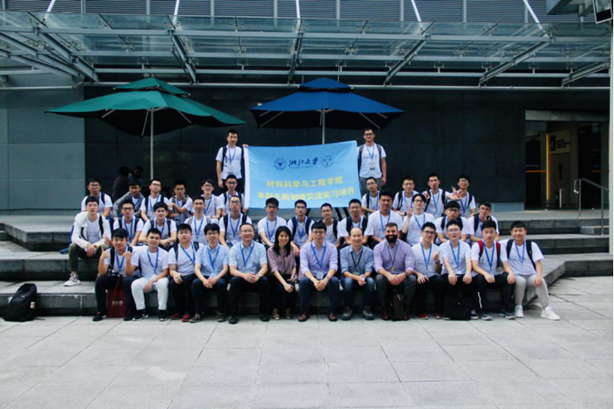
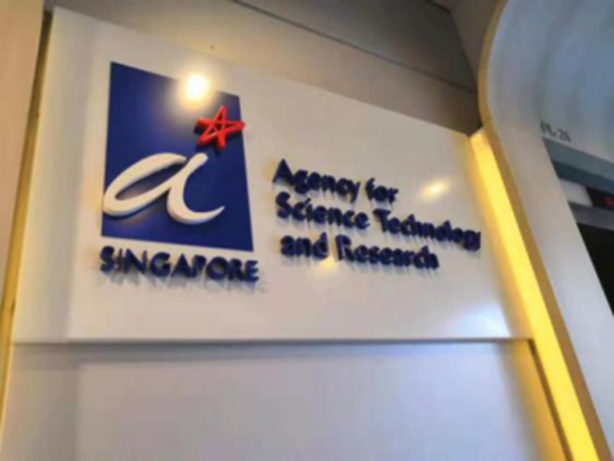
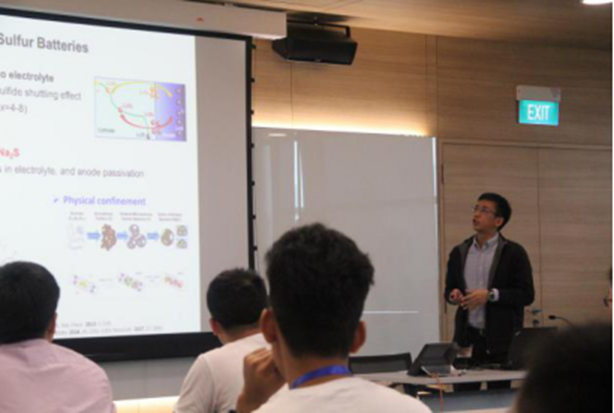
Station 4: Nanyang Technological University
On July 25, the students and teachers of the exchange mission visited Nanyang Technological University (NTU). Like the National University of Singapore, Nanyang Technological University is internationally renowned and ranked 12th in the 2019 QS World University Rankings, the alma mater of one of the leading teachers, Mr. Wu Haobin. The teachers and students first came to the Chinese Pavilion on the NTU campus and watched a photo exhibition documenting the development of the Chinese people in Singapore, which provided a further emotional understanding of the hardships and development of the Chinese entrepreneurship in Singapore.
Subsequently, the students and teachers of the exchange mission visited the Faculty of Materials Science and Engineering, the Faculty of Physics and Mathematical Sciences and the Faculty of Chemistry and Bioengineering, and visited the laboratories of several professors in a variety of fields, including energy source materials, flexible materials, nanomaterials, biomedical materials, absorbent materials and luminescent materials. The laboratories visited included microwave radiation laboratories for the study of material charactertification and analysis, optical spectroscopy laboratories and wet chemistry laboratories for the synthesis and development of basic materials. These laboratories are equipped with advanced experimental equipment, serving the cutting-edge research topics, greatly enriching the students' understanding of the materials discipline. During the visit, the team teacher also patiently explained the work of steady-state spectrometers, scanning electron microscopes, pressure testers, heat treatment devices, transmission mirrors and other equipment and their application research in the fields of new energy source materials, nanomaterials, biomedical materials and so on. We listen with relish, from time to time ask questions, teacher-student interaction not only active atmosphere, but also let students increase insight, open up thinking.
After the visit, NTU also arranged a meeting between members of the exchange mission and the head of Zhejiang University who studied at NTU, who shared with his classmates his journey from confusion to deciding to study in Singapore to receiving NTU admission notice, and explained NTU's requirements for academic achievements, foreign language achievements, scientific research experience, etc., to encourage students interested in studying abroad to prepare as soon as possible. Subsequently, a teacher of the school also made a presentation on the historical development of NTU, international ranking, tuition scholarship, accommodation, and other basic information, so that students have a more comprehensive and direct understanding of NTU.
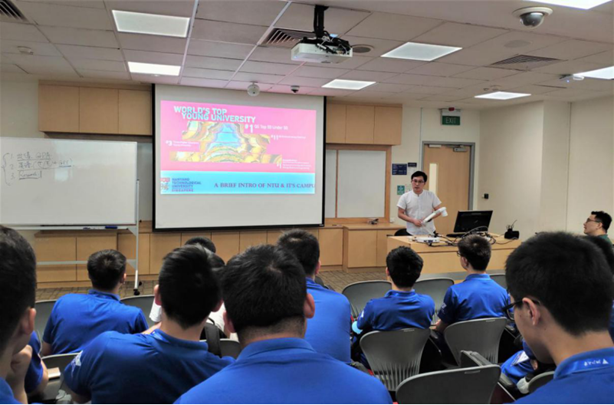
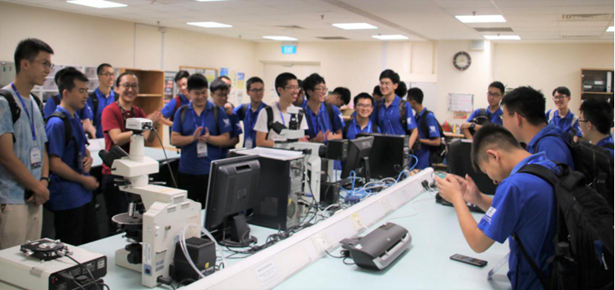
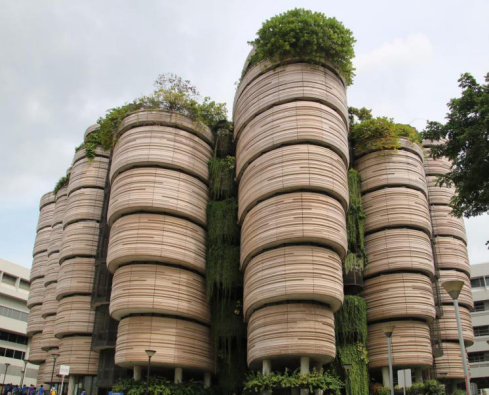
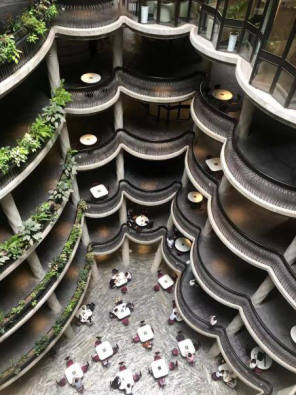
On July 26, the exchange delegation visited the National Museum of Singapore and its related exhibitions to learn about Singapore's development from striving for national independence to building a modern international garden city. During the period, according to personal interests, the students also divided into groups to visit Sentosa, cattle cart water (Chinatown), fishtail lion park, Marina Bay Garden and other famous cultural and historical attractions, first-hand experience of Singapore's modernization and diversity interwoven customs and cultural atmosphere, as well as Singapore has always implemented the concept of environmental protection and ecology;


Looking back on this exchange visit to Singapore, the students not only learned about the most authentic Singapore cityscape and the campus life of world-class universities, but also personally perceived the good learning atmosphere and scientific research environment of top international universities and scientific research institutions, increased knowledge, broadened their horizons, enhanced their sense of internationalization, but also showed the good comprehensive quality and spiritual outlook of Zhejiang University materials students. Through various forms of exchange activities, we have also strengthened the links between our institute and Singapore's universities, left good memories, enhanced mutual friendship, and laid a solid foundation for further scientific research and teaching cooperation, and created favorable conditions.
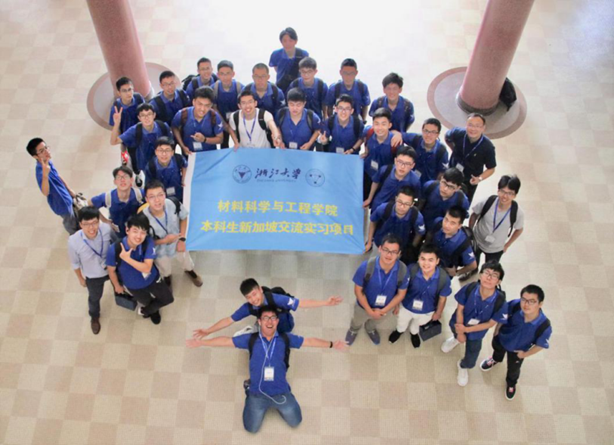
(Thanks to Hu Hongsheng / He Jialiang / Cai Dinghui / Yu Jianghu / Liang Zhengjiang / Pan Fangzhou / Liu Weidong and other students to provide datas).
Text/ Li Yaxuan
Figures/ Yu Rui and Shi Qiyuan



